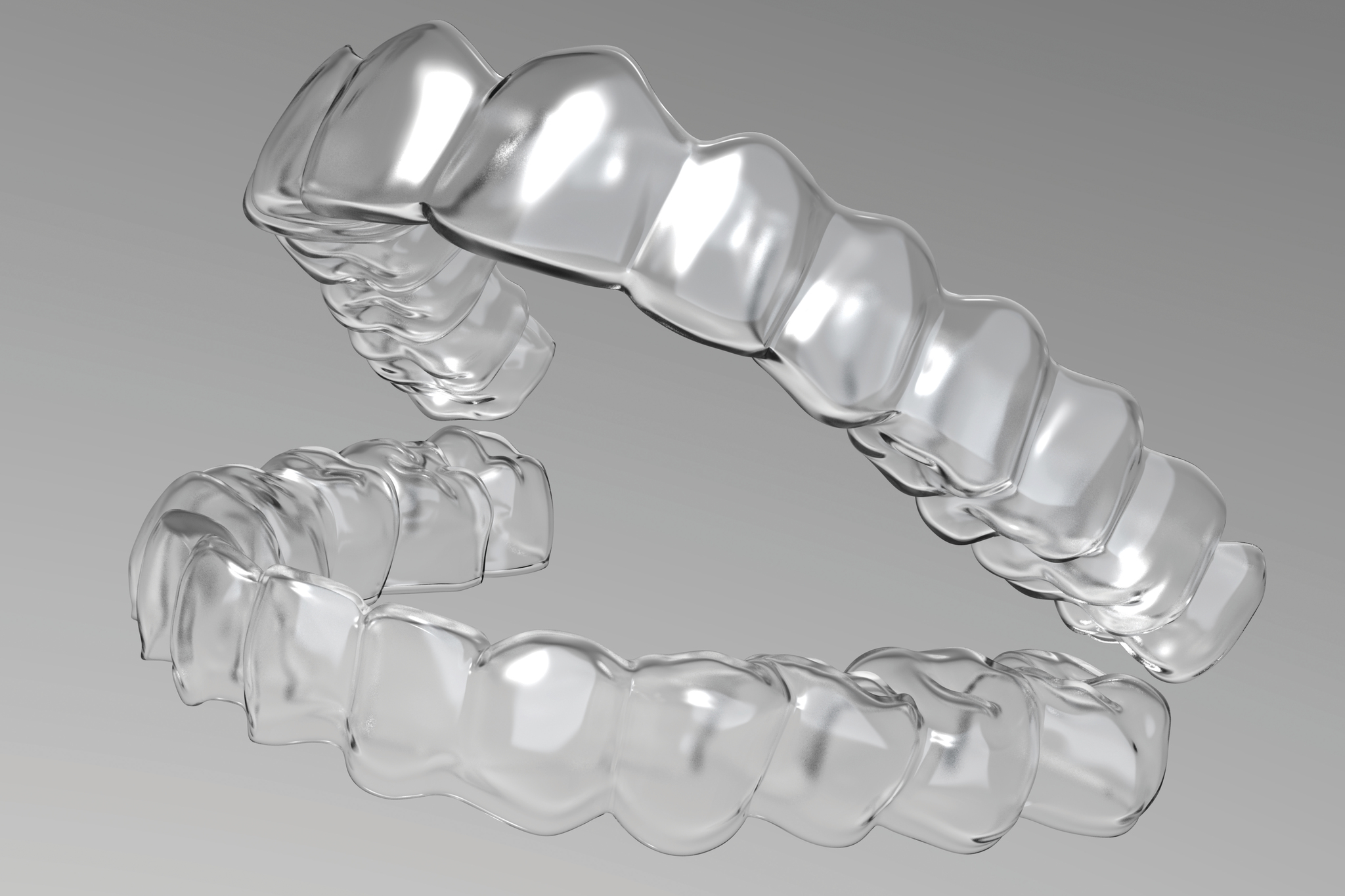
Clear aligners versus bonded braces
Both clear aligners and bonded braces have their pros and cons and what suits you best will need to be assessed by an oral health professional. With clear aligners the major advantage is that they are nearly invisible, cleaning is far easier, movements are usually more gradual and may be less painful, you get to view your digital setup before and during treatment, and your records are saved digitally and can be accessed many years after you complete your treatment, even by other oral health professionals. Bonded braces, on the other hand, are usually cheaper, require less compliance (cannot be removed), and can achieve more difficult movements and correct larger bite discrepancies. Both should be able to achieve similar outcomes depending on the original orthodontic challenges.

Am I a good candidate for clear aligners?
To be suitable for orthodontic treatment patients need to have a well managed dental health, with any decay, faulty restorations, or gum disease addressed prior to starting treatment as these can be exacerbated if not corrected beforehand. Clear aligners are taken in and out of the mouth but need to be worn for a minimum of 22 hours a day – this means compliance is essential. If a patient does not follow this then they will not likely achieve the projected movements.
Mild to moderate crowding and bite problems can usually achieve good results. More complicated cases can be addressed with clear aligners though they may pose more challenges – teeth may lag and other gum problems could arise. Better quality aligner providers are still able to correct moderate to complicated cases, though not all, so your case will need to be closely assessed. Clear aligners are generally very good at straightening the front but not as successful when attempting large movements with back teeth, so your goals here will help determine whether to go ahead.
What’s the difference with aligner brands?
Lately, a lot.
There is a big range of what you can pay for clear aligners and this is a circumstance where you really get what you pay for. Leading aligner partners, like SmileStyler involve many more sets of eyes reviewing these cases that are dentally trained. Going through a dentist or orthodontist means you’ll be able to discuss your concerns, your oral health professional will scrutinise your smile closely and likely identify many issues you weren’t even aware of. They’ll also be watching for signs where straightening is causing unintended changes. Better providers will allow more revisions during treatment and enable your health professional more control in the setups. The more oral health professional involvement, the better your outcome will be.
More recently there are systems where you take impressions at home or in a studio that gets sent to a lab. You’ll view the simulation and will be told that a oral health professional signs off on it, but you’ll never meet them or be able to talk with them. These providers are not regulated by AHPRA (Australian Health Practitioner Regulation Agency) and therefore are exempt from a lot of health protection laws. This means if there are adverse outcomes as a result of your treatment they are not usually held accountable. In addition, the orthodontist or dentist they employ to sign off on these treatments are often not Australian or not trained to our standards, and usually only look at these plans very briefly, without any further monitoring. This essentially leaves your treatment in untrained hands. The treatment delivered is limited in what can be achieved as they are not able to employ techniques dentists and orthodontics do to allow additional spacing and predictability, and gum disease and recession is much more likely to occur here. Some of these changes may be irreversible.
How do I get started at Smile Design Dental?
To start your aligner journey with us we require a comprehensive examination and x-rays, which we recommend to have with your clean. Once your are deemed dentally fit and appear to be a good candidate for aligners, we will start with a new case setup. Photos and impressions will be taken and we will discuss what your treatment goals are. One to two weeks later you will receive a digital simulation of how your teeth will look at each aligner stage right until the end. You’ll be able to view different perspectives and compare to your original starting point. If you have any concerns we can alter the setup as you wish.
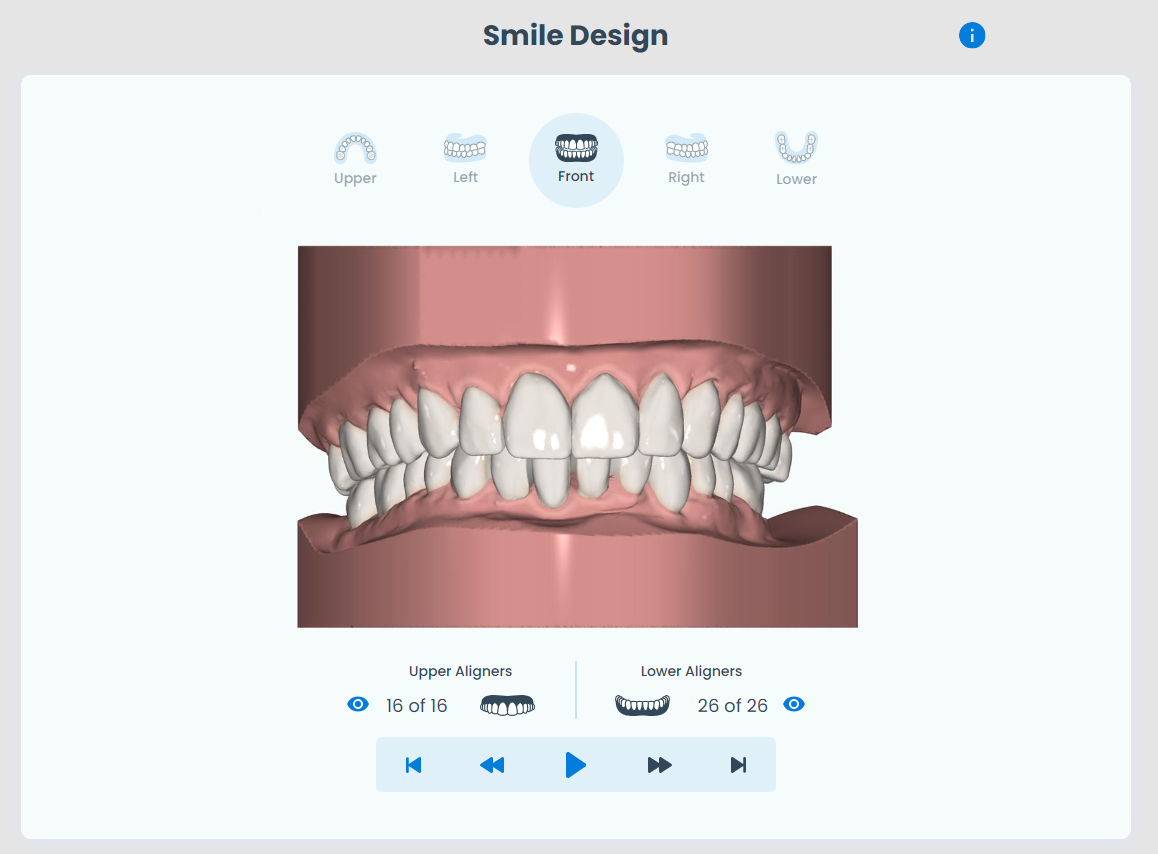
Our preferred aligner partner is SmileStyler, an all Australian aligner provider that gives us the advantage of talking with your simulation technicians directly. The waiting time is far reduced to some overseas providers and you have the confidence everything is managed to Australian standards. SmileStyler are different in that scans are made at each 6 aligner interval to check how closely your teeth are tracking. If things are a bit off we simply adjust for it in the next set of 6 aligners to keep you as on track as possible. This gives us a lot more room to alter things as needed and a much higher quality result. At the end if you’re not 100% satisfied, we simply take more impressions and issue a few more aligners to make sure we get you teeth to where you want them to be. With SmileStyler, you can expect a much better result than with other aligner providers.
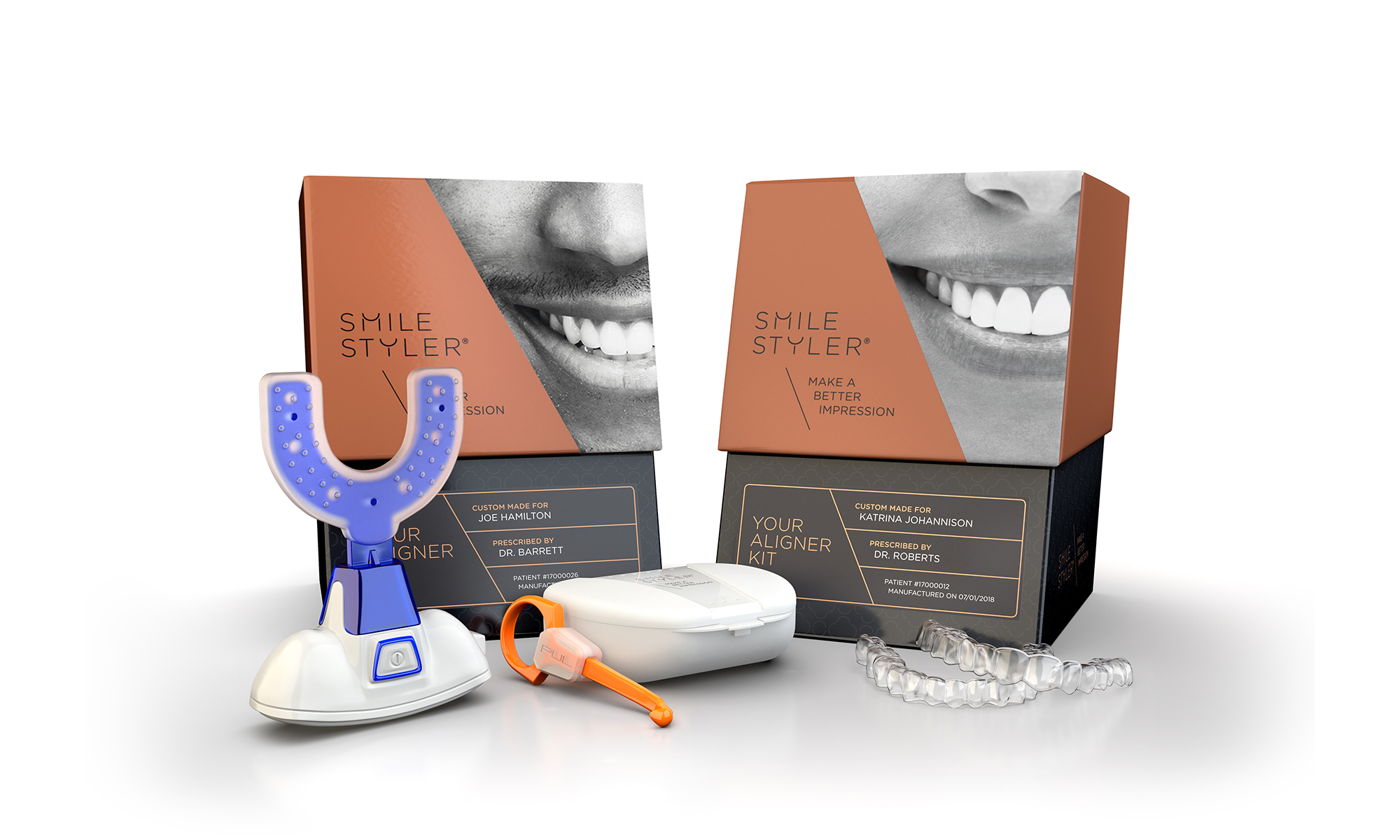
These aligners are normally worn for 2 weeks at a time, 22 hours of the day, however using the V5Pro this can be sped up to 1 week for each aligner. The V5Pro is a device that you bite down on gently for five minutes a day that vibrates and stimulates the supporting bone. This allows the movements to be taken up faster. The number of aligners you wear will be determined by how much movement is required, so this will vary from person to person and you will have a better understanding after your initial digital setup. Mild cases are generally around 12 aligners, moderate to advanced cases will be closer to 30+.
Once completed you will need to wear retainers at night time to prevent relapse. These are very similar to the clear aligners, just a little sturdier. All the forces that made your teeth crooked in the first place are all still there, that means that without support those teeth will want to return to their original positions. That’s why a retainer is required to be worn, just at night, to fight those forces and keep those teeth in their beautiful straight position.
Then you can enjoy your smile like never before.
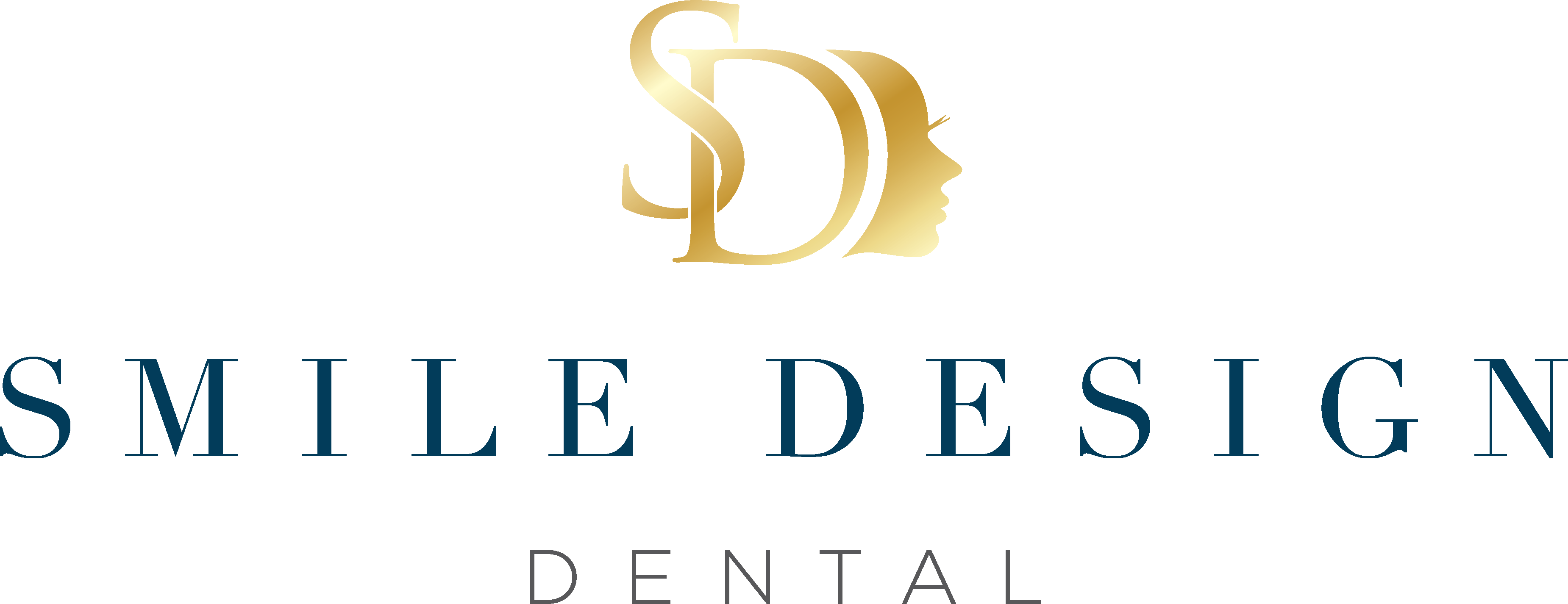
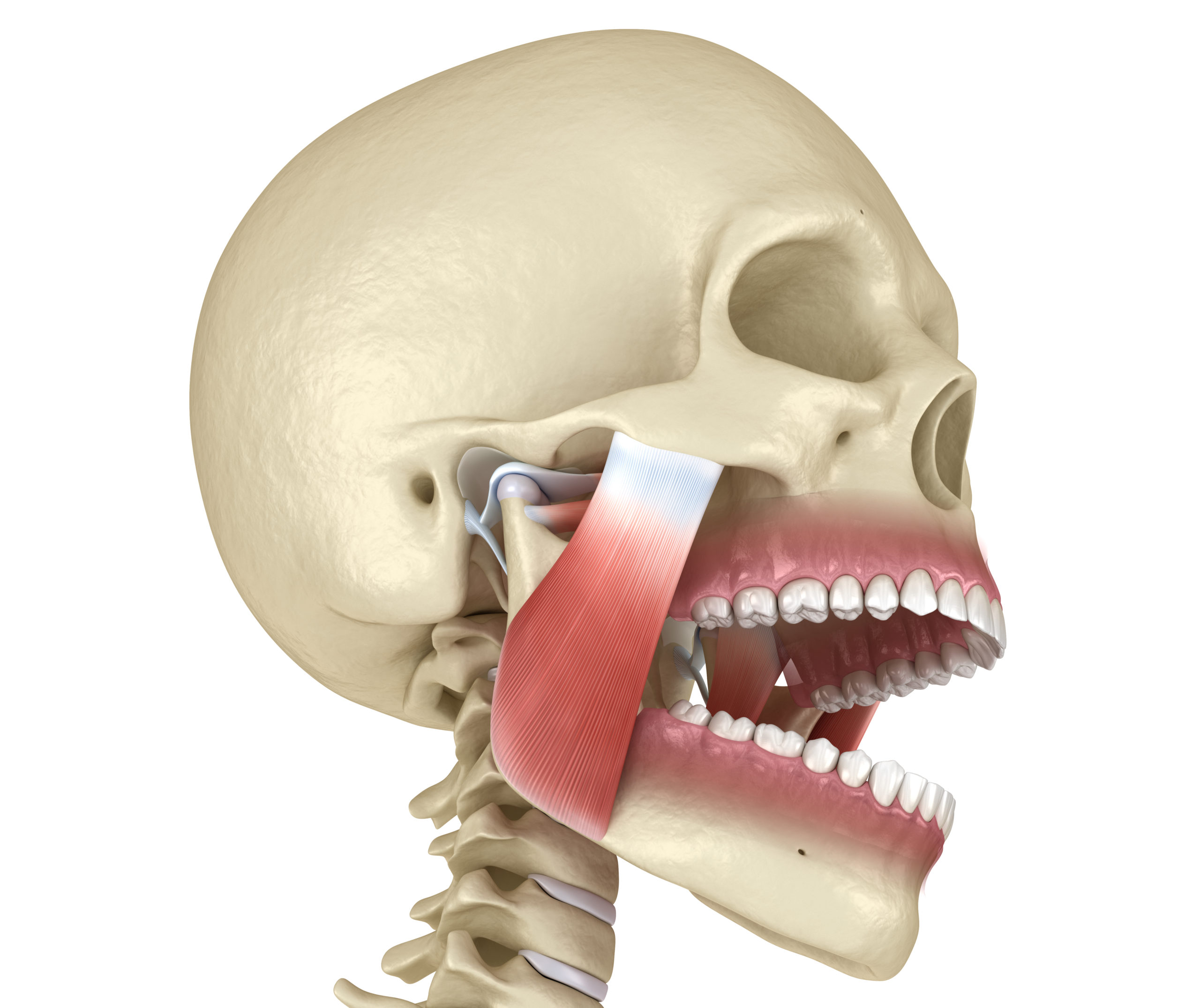
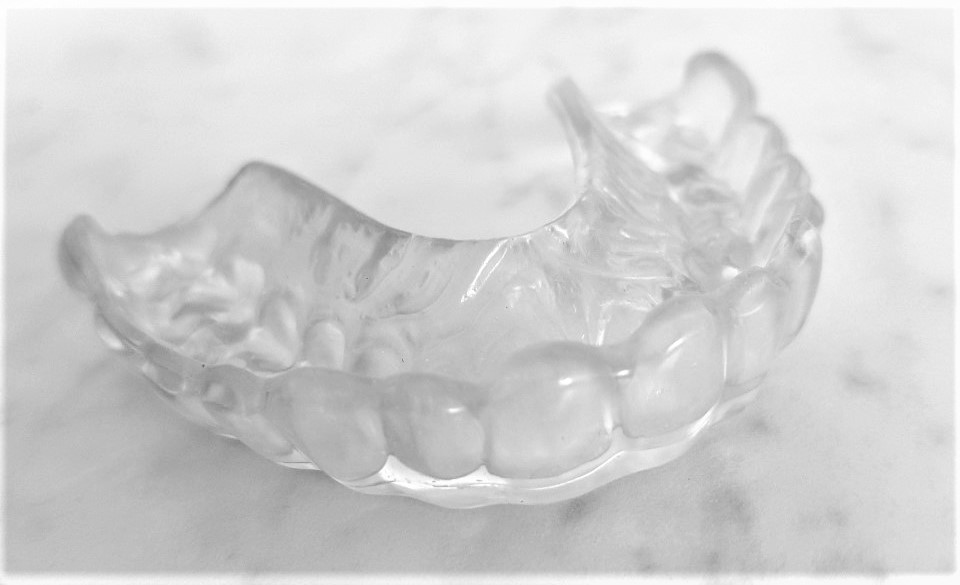
Recent Comments